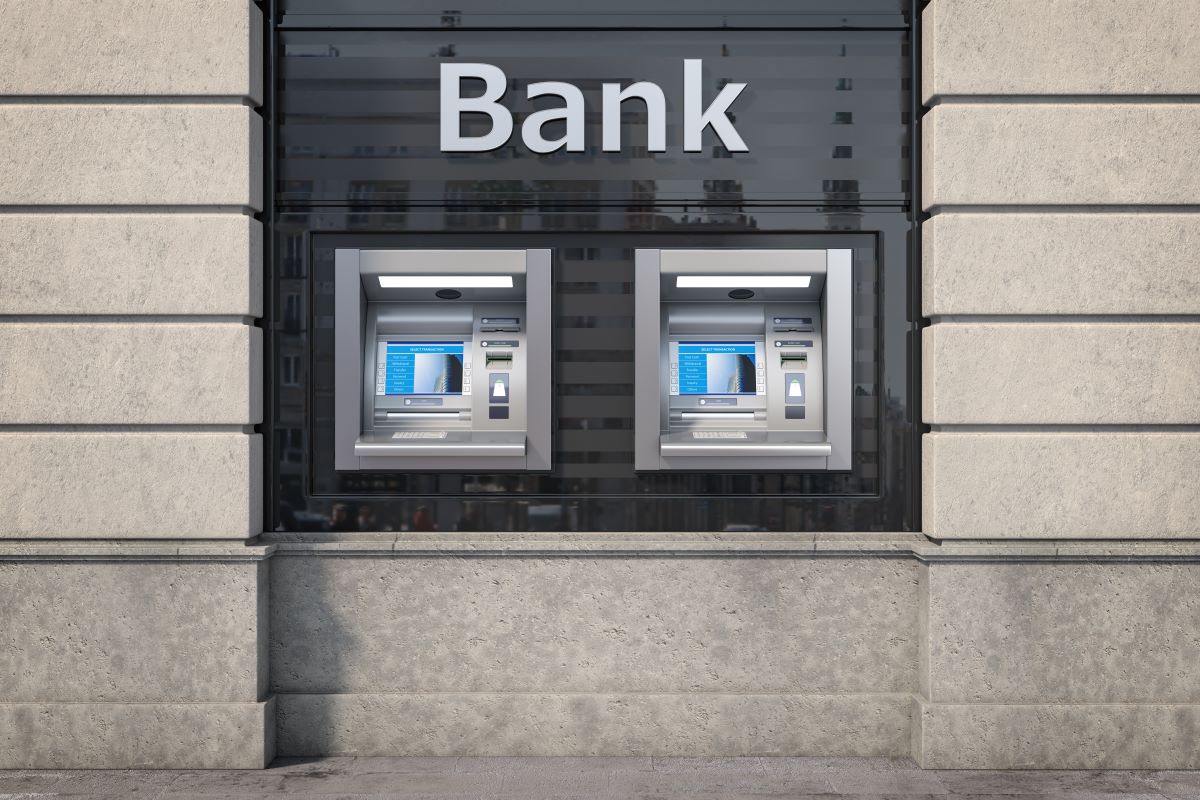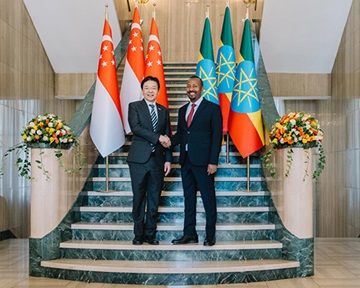Process to unify war-torn Libya's central bank gets underway
If successful, it could unlock billions of dollars in oil revenue and stabilise the country
By Amit Jain

Eight years after it splintered Libya’s central bank says it has started the journey towards reunification. The move comes a month after elections were delayed, throwing its transition to democracy into question. The elections were supposed to end more than a decade of instability. The central bank board agreed to a unified exchange rate from early January in all areas of the country, bringing official rates much closer to unofficial ones. If the agreement between the two central banks holds, it could prove a highly significant step in reducing Libya’s political and economic crisis. The Central Bank of Libya is the repository for billions of dollars that flow into the country in oil revenue as well as foreign reserves. In 2014, it splintered along the country’s broader political fault lines. The internationally recognized headquarters remains in Tripoli, while an eastern branch allied with military commander Khalifa Hifter was set up in Benghazi.
Libya was plunged into chaos after a NATO-backed uprising toppled Muammar Gaddafi in 2011 and split the oil-rich North African country between a UN-backed government in the capital, Tripoli, and a UAE-Turkey backed regime in the east.
Photos of the Tripoli-based Central Bank Governor Sadiq al-Kabir signing a reunification agreement with his rival Ali al-Hebri were released in February. Very little is known about the details of the agreement, but consultancy firm Deloitte has been contracted to oversee the process.
Elections were first held in 2012 leading to the establishment of the country’s first post-Gaddafi parliament - the General National Congress (GNC). The main task of the GNC was to approve a permanent constitution and organise elections. But its efforts were stymied by armed militias that sprang up in the immediate aftermath of the collapse of the Gaddafi regime. Under stiff public pressure the GNC decided to end its term early and organised an election in 2014. The elections led to the birth of a new parliament called the House of Representatives (HoR). The main aim of the HoR were to pass the draft constitution presented to it by the elected Constitutional Drafting Authority (CDA). But the emergence of a powerful warlord in the east - Khalifa Hafter – and militia coup in Tripoli led to the caretaker government of Abdalla Thinni fleeing the capital to eastern Libya. This effectively split Libyan government in two rival camps – one in Tripoli and the other based in Benghazi, the crucible of the popular uprising that overthrew Gaddafi.
To end the stalemate, the UN brokered a ceasefire and ushered in a transitional government that had was to oversee the country until national elections in December of last year. But the failure of that election means that for the moment the crisis appears no close to resolution. Libya’s Parliament has said the authority of the current government led by Abdul Hamid Dbeiba has expired with the collapse of the election process. It voted unanimously for Fathi Bashagha, a former interior minister, to lead a new government. But Dbeiba called the parliament’s decision illegitimate and has vowed to hold onto power. Instability continues as Libya remains in control of two rival power blocks.
References
‘Divided Libyan central bank holds peace meeting,’ Central Banking, 16 Dec 2020
‘Libya Slides Deeper Into Chaos as Parliament Picks New Government,’ New York Times, 10 Feb 2022
‘Libya's central bank, torn by civil war, says it will unify,’ AP, 21 Jan 2022








